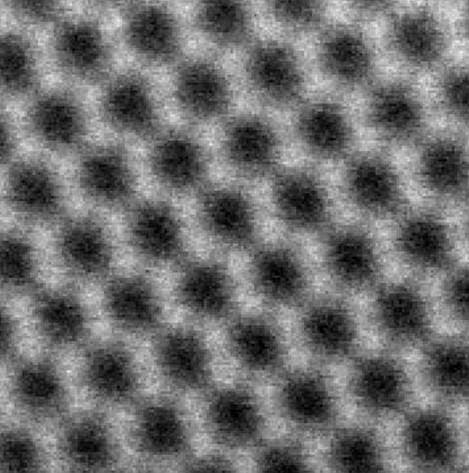A team led by Jonathan Coleman at Trinity College Dublin reports they’ve patented a technique that can easily produce large quantities of quality graphene. The method is so simple that the researchers have even been able to scale it down for use in a kitchen blender. The exact ‘recipe’ has yet to be disclosed, but nevertheless ZME readers are warranted they should NOT try this at home!

The industrial blender Trinity College Dublin researchers used to produce graphene flakes. They claim a regular 400 W kitchen blender can be used too. Photo: CRANN.
Graphene is hailed as the wonder material of the future, since these atom-thick sheets of carbon are at the same time the most thinnest, strongest, electrically conductive and flexible material man has come across so far. The only problem is scaling its production from the lab to mass goods so graphene may reach its true potential. This has proven to be a challenge. Today, scientists have devised so far a number of methods for producing graphene, either using ultrasonic baths, chemical vapor deposition or some electrochemical means. Samsung, for instance, announced just a few weeks ago that they research labs came up with a method for mass producing monolayer graphene in bulk, part of a breakthrough which the company claims will finally bring graphene products to the people.
In a recent issue of Nature Materials, Coleman and colleagues describe how they went about making graphene using readily available substances and a typical kitchen blender. In a high-power (400-watt) kitchen blender they added half a litre of water, 10–25 millilitres of detergent and 20–50 grams of graphite powder (found in pencil leads). They turned the machine on for 10–30 minutes, after which a large number of micrometre-sized flakes of graphene, suspended in the water, are produced.
“It is a significant step forward towards cheap and scalable mass production,” says Andrea Ferrari, an expert on graphene at the University of Cambridge, UK. “The material is of a quality close to the best in the literature, but with production rates apparently hundreds of times higher.”
The recipe isn’t complete, however, and involves a delicate balance of surfactant and graphite, yet to be disclosed and most likely hard to guess. This is why you shouldn’t try this at home since you’ll most likely only end up throwing away your kitchen blender for scrap. In fact, the researchers used modern lab equipment in their first test runs: centrifuges, electron microscopes and spectrometers. Most likely, the kitchen blender gimmick was put out to garner attention, but it does in fact work too.

Atomic resolution, scanning transmission electron microscope image of part of a nanosheet of shear exfoliated graphene. Credit: CRANN/SuperSTEM
There are already a few tonnes of graphene being produced per year, but most of it, especially the kind you can order online, is flawed according to the researchers. In fact, it’s hard to call it graphene when it ships in flakes, hundreds of layers thick. The blender technique produces small flakes some four or five layers thick on average, but apparently without defects – meaning high electrical conductivity. The centrifuge effect performed by the blender induces shear forces in the liquid sufficient to prise off sheets of carbon atoms from the graphite chunks.
A pilot plant based on the patented technique is currently being developed, and researchers hope to produce a few kilograms a day of graphene flakes by the end of the year.
These graphen flakes can’t be used in all purposes applications, but there are many market niches that could benefit from them. The flakes could also be added as a filler into plastic drinks bottles – where their added strength reduces the amount of plastic needed, and their ability to block the passage of gas molecules such as oxygen and carbon dioxide maintains the drink’s shelf life. In another application altogether, a small amount added to rubber produces a band whose conductivity changes as it stretches – in other words, a sensitive strain sensor. They can also be sprayed on other materials, when sold under liquid dispenser form.









